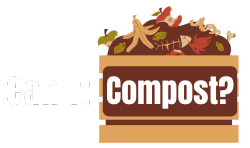Can I Compost Sawdust?
Sawdust is a valuable brown material for composting, but its slow decomposition rate requires careful management for optimal results.


Sourced & Cited
Sawdust is a great addition to your compost pile, providing the crucial carbon that helps balance the nitrogen-rich "green" materials. It's a readily available resource for many home composters, but understanding its properties is key to successful composting.
Compost Classification
Brown (Carbon-rich): Sawdust is primarily carbon-rich due to its low moisture content and slow decomposition rate. This makes it an excellent bulking agent in your compost heap, helping to create air pockets for better aeration.
🏷️ Tags
Important characteristics to know about this item:
Breaks Down Slowly Use in Moderation Pest Attraction Risk
⚠️ Potential Risks
- Slow decomposition rate: Sawdust can take a long time to break down, potentially slowing the overall composting process.
- Potential for pest attraction: Large amounts of untreated sawdust can attract pests such as rodents or insects.
- Inhibition of decomposition if added in excessive quantities: Too much sawdust can create a dry, carbon-heavy pile that doesn't decompose efficiently.
💡 Best Practices
- Mix sawdust with green materials: Aim for a carbon-to-nitrogen ratio of approximately 30:1.
- Pre-moisten sawdust before adding: This helps prevent dryness and speeds up decomposition.
- Chop or shred coarser sawdust: Smaller pieces decompose faster.
- Ensure adequate moisture throughout the pile: Regularly water the compost to prevent it from becoming too dry.
